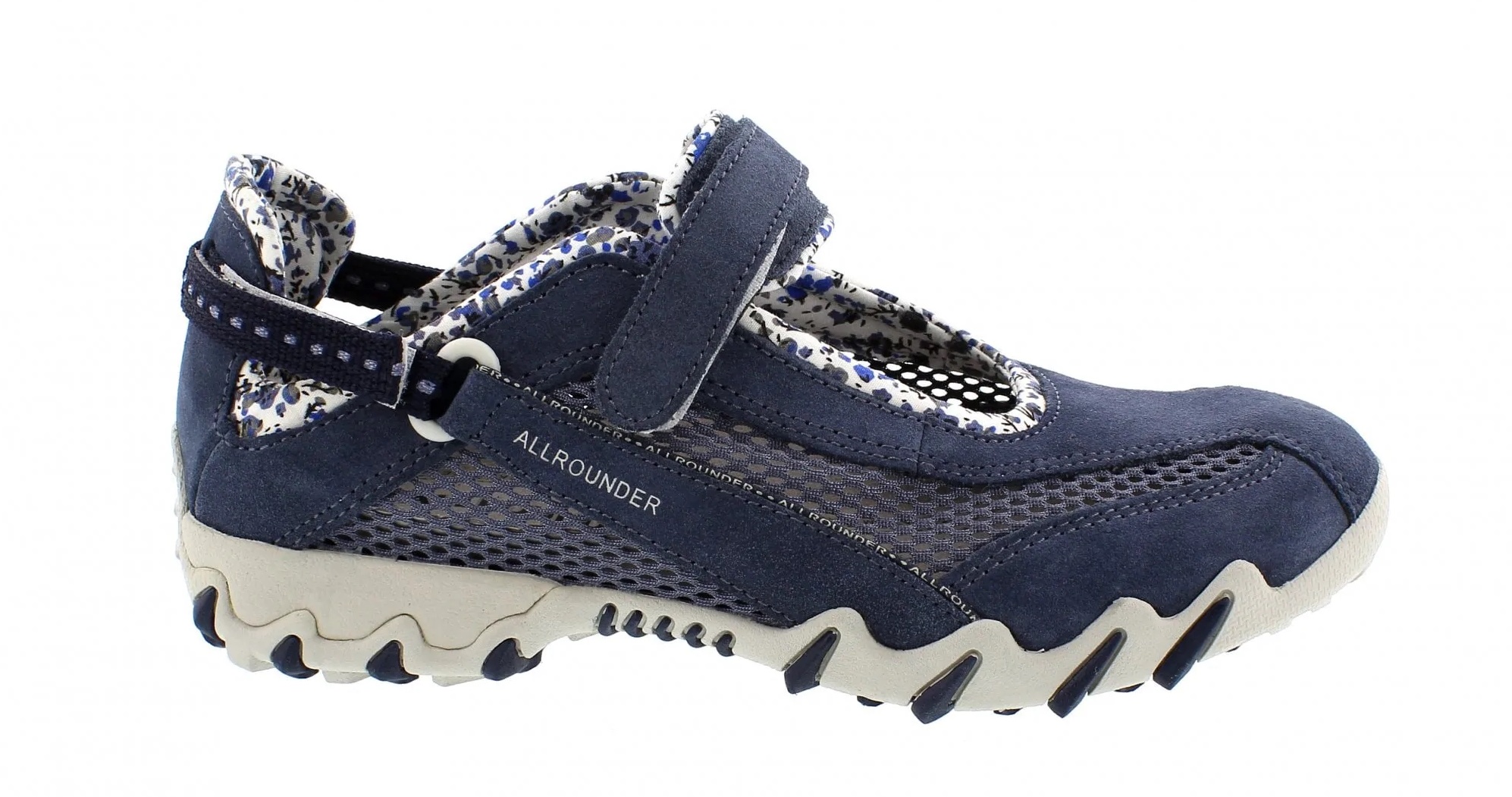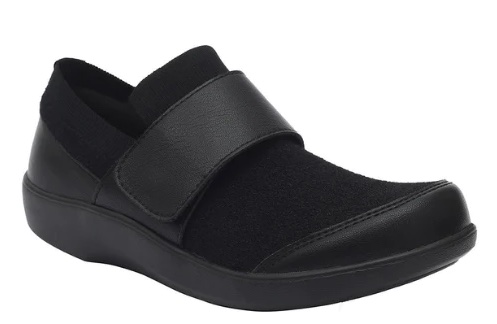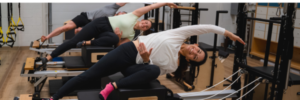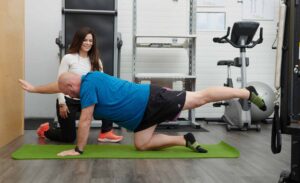Have you ever looked down at your toes and thought to yourself “hmmm, that toe seems to be sticking up a little bit more than my other ones”? It could be the sign of a hammertoe.
What are hammer toes?
A hammer toe, put simply, is a toe that has a permanent bend in the join that is irregular in shape (often resembling a hammer). There are 3 different types of ‘hammer toes’ depending on which joint is affected – a mallet toe is when the distal joint is affected, hammer toe is when the proximal joint and claw toe is when both joints are affected, but we often generalize all three to just be ‘hammer toes’. Often when hammer toes begin to develop they can become quite painful and/or difficult to move.

How do you get hammer toes?
Similar to other foot conditions, hammer toes are often the result of poor fitting footwear. Years of wearing shoes that are too short/tight or wearing shoes with an excessive heel height are the number one contributing risk factor for developing hammer toes. It is common for people who have bunions to also have hammer toes, as poor fitting footwear is a common cause for both conditions.
Fortunately, hammer toes are not unusual, they are actually quite common, and there are a number of simple ways you can help prevent them from getting worse or relieve any pain they may be causing.
Top 3 thing to do to help with hammer toes:
1- Look at the shoes you are wearing: Investing in proper fitting footwear is key to reducing pressure on your toes not only to help prevent hammer toes from developing but also for ensuring they don’t get worse. Start by having your feet measured and assessed by a knowledgeable, professional who can help you find the perfect fit. Second, make sure you have enough room on the ends of your toes – you should have about half a thumb to a full thumb width on the end of your longest toe. If you are already experiencing pain from your hammer toe(s) you’ll want to look for shoes that have a deep, wide toe box (or a stretchy upper material) to reduce stress on the joints and top of the toes.
Tip: Your longest toe may not be your big toe, often times we have to measure our shoe size based on our second toe.
The AllRounder Niro is one of our favourite women’s shoes for hammer toes, it has an extra roomy toe box, accommodates an orthotic, and not to mention looks adorable:

Other shoe options that we love for hammer toes are the Traq Qwik (available for both men and women) featuring a nice stretchy upper material, great arch support and a bit of a rocker sole (to help offset the pressure on the toes):

But when all else fails, a runner is a safe footwear choice to accommodate hammertoes, again, look for an option that has no seems in the front, extra depth in the toe box and has a little bit of room at the end of your longest toe so your toes aren’t squished. Click here to shop more footwear options!
2 – Add a little support underneath: over-the-counter hammer toe cushions (or braces) can help to decrease the amount of pressure on the top of the toes by provide a little extra cushion and support under them. They are a small investment but work wonders for most people.

3 – Find relief from a custom orthotic: Custom foot orthotics can be another great way to help relieve pain caused by hammer toes. Certified Pedorthists are knowledgeable in not only assessing for custom foot orthotics but they are also trained in how to make them, ensuring a proper fit every time. Similar to bracing, custom foot orthotics can help to reduce pressure points and areas of discomfort. Click here to book an assessment for custom foot orthotics!
If you have hammer toes and are looking for ways to help relieve your pain, let one of our team members help you Move Well, Be Well, book an assessment today with one of our Certified Pedorthist’s.
Written by Shayla McLean B.H.K – Footwear & Retail Manager




